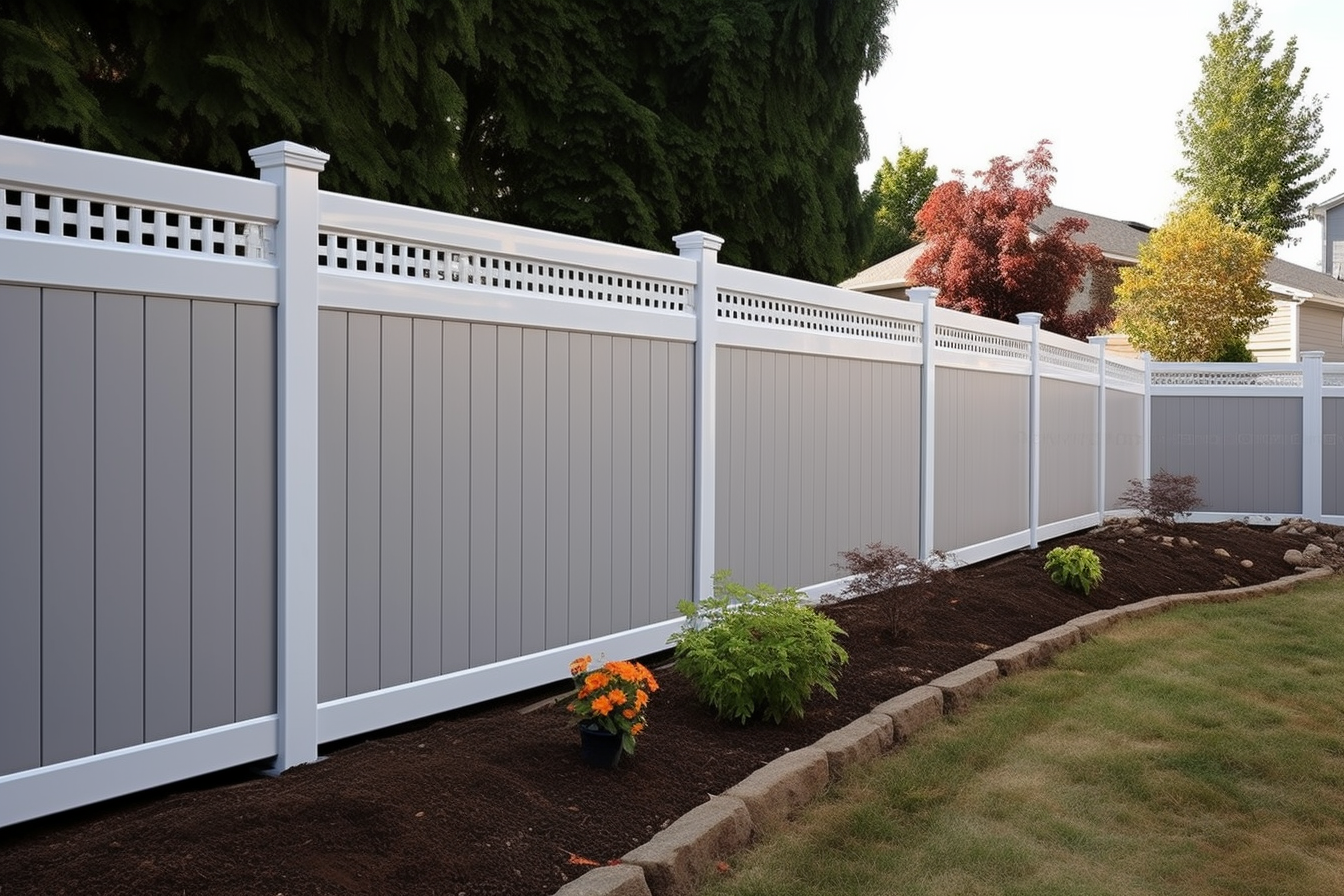How to Select the Best Garden Fence for Your Needs
Discover the most popular types of garden fences, including wood, vinyl, aluminum, chain-link, and wrought iron fences. Learn about installation costs, privacy options, and maintenance tips. Innovative ideas like gabion walls and laser-cut metal panels are also explored.

How to Select the Right Garden Fence for Your Needs
Selecting the perfect garden fence requires balancing functionality, aesthetics, and budget considerations. Your choice will impact your property’s appearance, security, and maintenance requirements for years to come. Understanding the key factors involved in fence selection ensures you invest in a solution that meets your specific needs while adding value to your outdoor space.
What are the Most Popular Types of Garden Fences?
Wood fencing remains the most traditional and versatile option, with cedar, pine, and redwood being popular choices. Cedar offers natural resistance to insects and decay, while pressure-treated pine provides an economical alternative. Vinyl fencing has gained popularity due to its low maintenance requirements and durability against weather conditions.
Metal fencing options include aluminum, steel, and wrought iron. Aluminum fences resist rust and require minimal upkeep, making them ideal for areas with high moisture. Chain link fencing provides security and visibility while remaining cost-effective for larger properties. Composite materials combine wood fibers with plastic, offering the appearance of wood with reduced maintenance needs.
How Much Does Garden Fence Installation Typically Cost?
Fencing costs vary significantly based on materials, height, and installation complexity. Wood fencing typically ranges from $15 to $30 per linear foot installed, with cedar commanding higher prices than pressure-treated pine. Vinyl fencing costs between $20 to $40 per linear foot, while aluminum fencing ranges from $25 to $45 per linear foot.
Labor costs generally account for 30-50% of total project expenses. Professional installation ensures proper alignment, secure post setting, and compliance with local building codes. DIY installation can reduce costs but requires proper tools, time, and skill to achieve professional results.
| Fence Type | Material Cost per Linear Foot | Installation Cost per Linear Foot | Total Cost Range |
|---|---|---|---|
| Pressure-Treated Pine | $8-15 | $7-15 | $15-30 |
| Cedar Wood | $12-20 | $8-15 | $20-35 |
| Vinyl | $15-25 | $10-15 | $25-40 |
| Aluminum | $18-30 | $12-15 | $30-45 |
| Chain Link | $5-12 | $8-12 | $13-24 |
Prices, rates, or cost estimates mentioned in this article are based on the latest available information but may change over time. Independent research is advised before making financial decisions.
What are Effective Fencing Options for Privacy?
Solid panel fencing provides maximum privacy by blocking sight lines completely. Board-on-board wood fencing creates an attractive barrier while allowing minimal air circulation. Vinyl privacy panels offer similar coverage with reduced maintenance requirements and consistent appearance over time.
Lattice-top fencing combines privacy with decorative appeal, providing screening for the lower portion while maintaining an open feel above. Living fences using hedges or climbing plants on fence structures create natural privacy barriers that improve over time. Consider fence height regulations in your area, as most residential zones limit fence height to 6 feet in front yards and 8 feet in backyards.
What Factors Should I Consider When Choosing a Garden Fence?
Purpose defines your fence selection more than any other factor. Security fencing requires different specifications than decorative borders or privacy screens. Consider your local climate, as extreme weather conditions affect material longevity and maintenance requirements.
Property boundaries and local regulations significantly impact fence placement and specifications. Check with your municipality regarding setback requirements, height restrictions, and permit needs. Soil conditions affect post installation methods, with rocky or clay soils requiring different approaches than sandy conditions.
Neighbor relationships matter when installing boundary fences. Discuss plans with adjacent property owners to avoid disputes and potentially share costs for mutual benefit. Consider future landscaping plans to ensure your fence complements long-term garden development.
How Can I Maintain My Garden Fence for Longevity?
Regular inspection prevents minor issues from becoming major problems. Check for loose boards, damaged posts, or hardware corrosion at least twice yearly. Clean fences annually using appropriate methods for your specific material - pressure washing works well for vinyl and aluminum, while wood may require gentler cleaning approaches.
Wood fences benefit from regular staining or sealing every 2-3 years to protect against moisture and UV damage. Remove vegetation growing against fence panels, as constant moisture contact accelerates deterioration. Trim overhanging branches that could fall and damage fence sections during storms.
Metal fences require periodic inspection for rust spots, which should be treated immediately to prevent spreading. Lubricate gate hinges and latches seasonally to ensure smooth operation. Replace damaged sections promptly to maintain structural integrity and appearance.
Proper maintenance extends fence life significantly while preserving your investment. Establish a maintenance schedule based on your fence material and local environmental conditions. Document maintenance activities to track patterns and plan future upkeep needs effectively.




